Litchi is second only to mango among summer fruits. And currently litchi is being cultivated commercially. But many times, many people do not know how to take care of the fruit from bud to sale. Maybe many people know. Here's today's tip for those who don't know. Everyone wants his garden to produce more litchi. Budding abundantly but not lasting for various reasons.
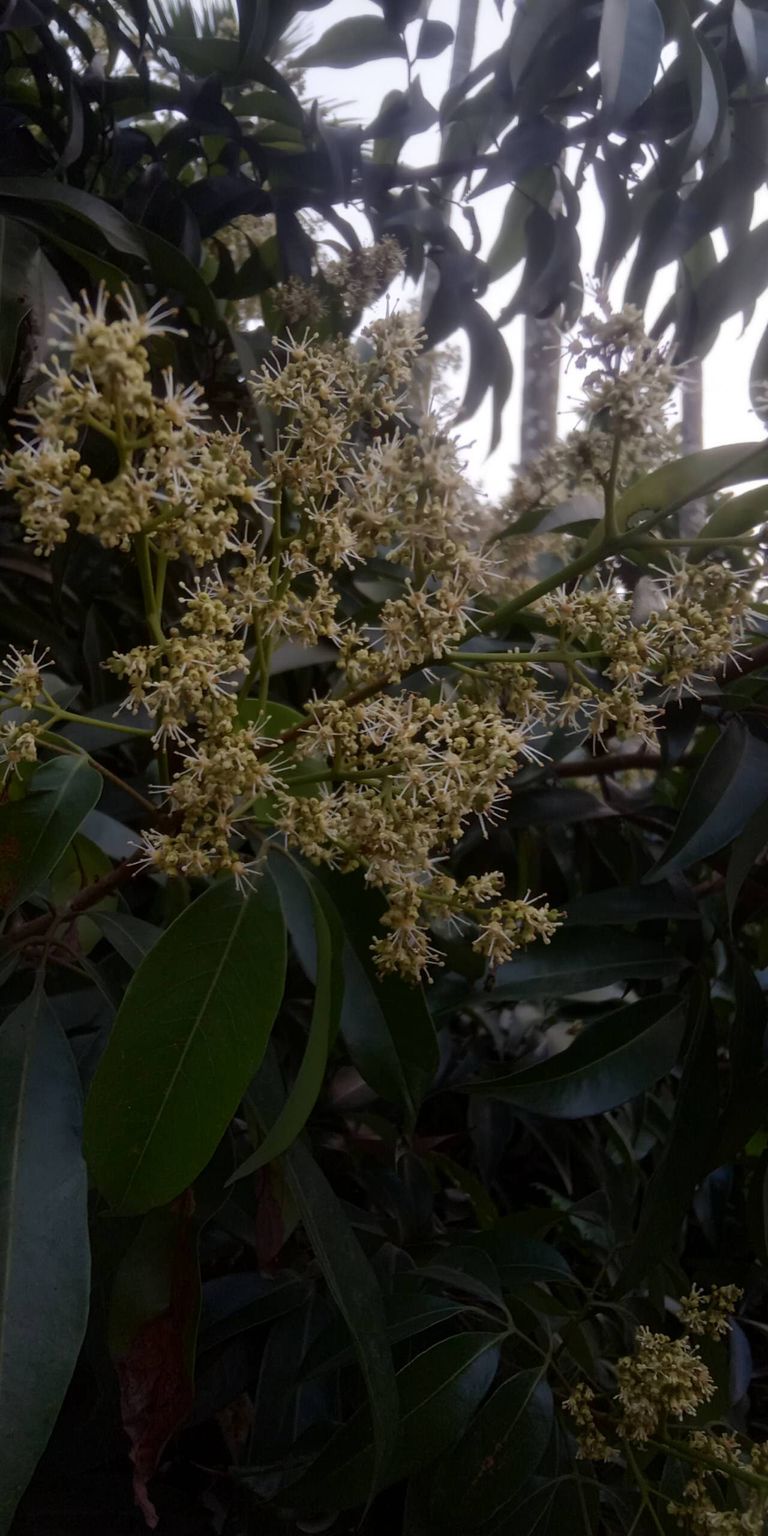
Although litchi is grown in almost all districts of Bangladesh, higher quality litchis are produced in larger quantities in Rajshahi, Dinajpur, Rangpur, Pabna, Kushtia, Jessore, Chittagong, Dhaka and Mymensingh. At present, about 24 to 25 thousand metric tons of litchi are produced every year from about 3 thousand hectares of land in Pabna, the market value of which is about Tk 500 crore.
Another famous district for litchi is Dinajpur. China-3, Bedana, Bombay and Madraji are notable among litchi produced here.
Caste:
The yield and taste of litchi largely depends on the variety. Bedana, Bombay, Mozaffarpuri, China-1, China-3, Elachi, Kadmi are the best varieties of litchi cultivated in Bangladesh. Besides, Bangladesh Agricultural Research Institute has developed three advanced varieties named Bari Litchu-1, Bari Litchu-2, Bari Litchu-3. Bari Litchi-1 is a high yielding early variety. Its fruit is oval and red. Each fruit weighs 18 to 20 grams. The shell is fleshy and juicy. Bari litchi-2 is a high yielding Nabi variety. Produces regular fruit every year. The seeds are slightly larger. Mid Maghe flowers and ripens in the first week of Asadha. The variety is cultivable throughout the country. Bari litchi-3 mid season variety. Regular fruiting. Each fruit weighs 18 to 20 grams. The pods are fleshy, juicy and sweet. China-1 nabi variety litchi. The lychee skin of this variety is slightly less sweet. The size of the plant is medium. The tree bears fruit in abundance.
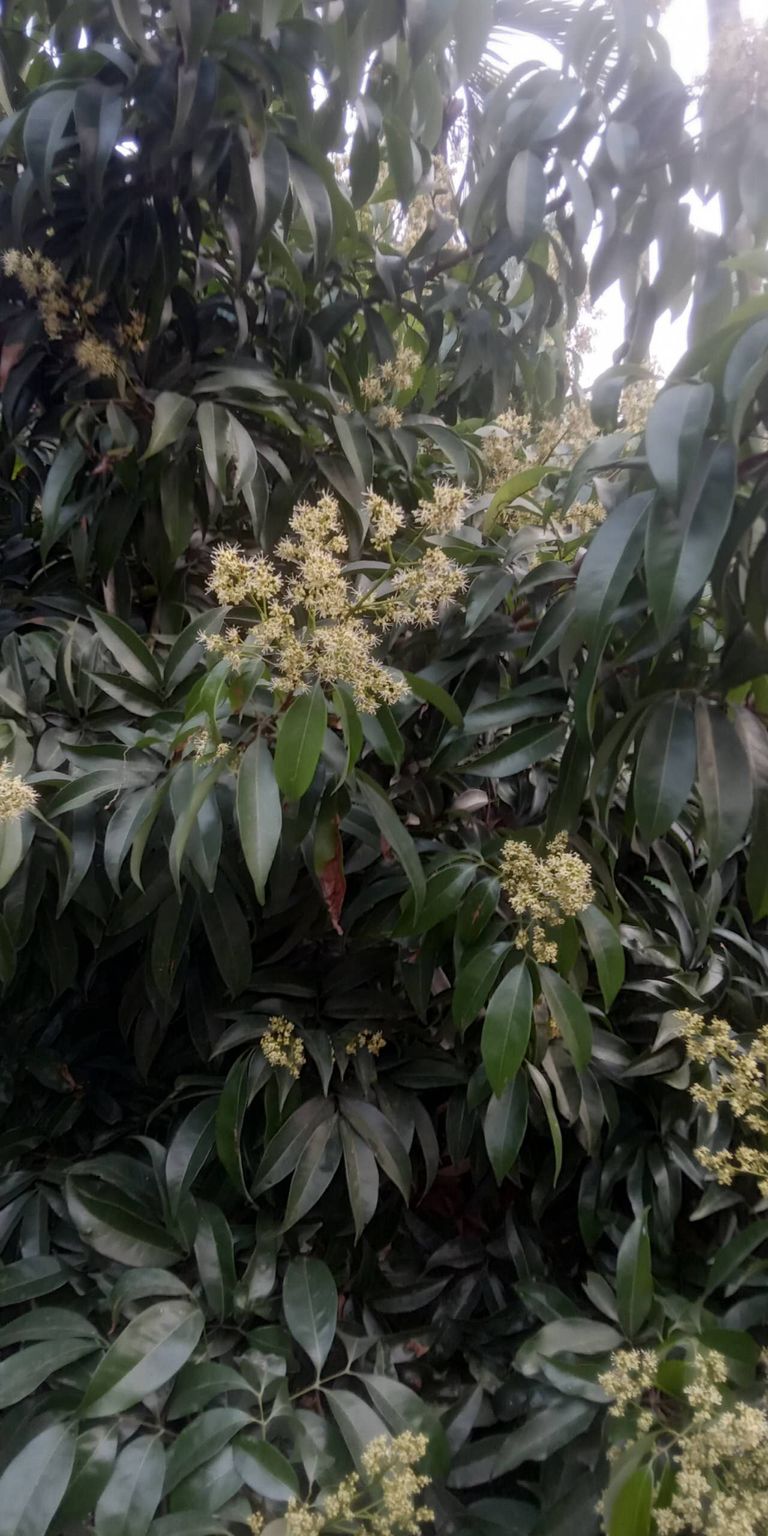
lychee
China-3 is a good variety of litchi and is grown more in Chapainawabganj. Does not bear fruit every year or regularly. The fruit is roughly round and averages about 25 grams in weight. The seeds are very small. The shell is juicy and very sweet. Cardamom is a Nabi type of litchi. Its fruit size is small, weighing 12 to 15 grams. The seeds are very small. The shell is thick and sweet. The fruit ripens in the first week of June. Bombay varieties are mostly cultivated in Dinajpur, Jessore, Kushtia regions. Fruits are medium in size and weigh 10 to 15 grams. The shape of the fruit is heart shaped. Shells are juicy and mildly sour. Mozaffarpuri variety litchi is oval, each fruit weighs 20 grams. Ripe fruit color is pink. Bedanajat litchi is very tasty and sweet. This type of litchi is available in June-July.
Bedena-lychee
Proper care:
If taken care of at the right time, the litchi plant will grow well and yield more. Important aspects of litchi care are weed control, water irrigation, branch pruning, balanced fertilizer application, pest and bat control, etc.
Weed Control:
Litchi gardens should be cleared of weeds by shallow tillage at least twice a year for good yield.
Pruning the stems:
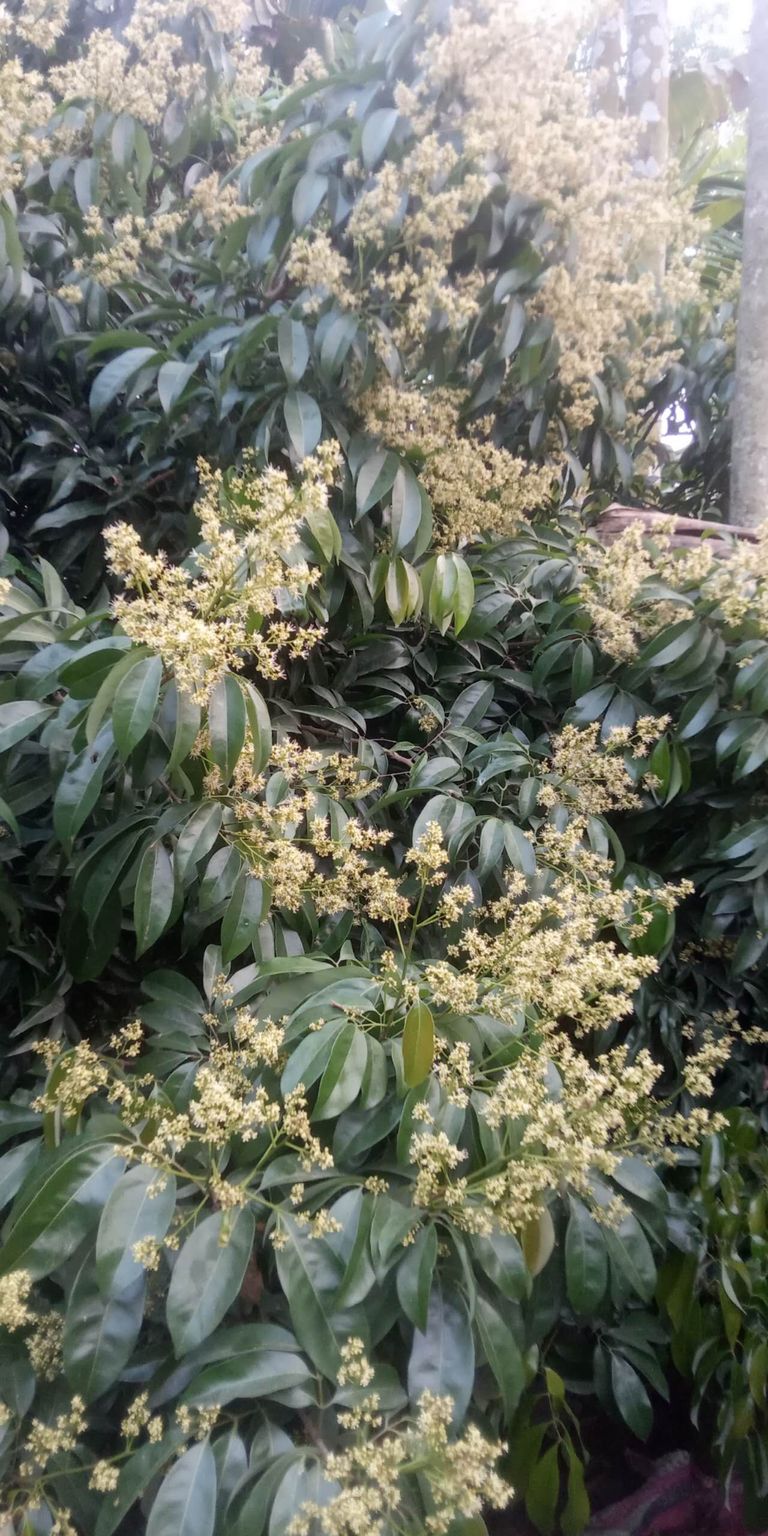
Unnecessary branches should be pruned to allow adequate light and air access to mature trees. Dry and diseased branches and twigs infested with parasites should also be pruned. If the old branches are cut, new branches will grow on the tree, flowers will appear on the new branches. But usually litchi stalks do not require much pruning. Because the small branches that are broken during the collection of fruits from the tree, a lot of pruning work is done.
Fertilizer application:
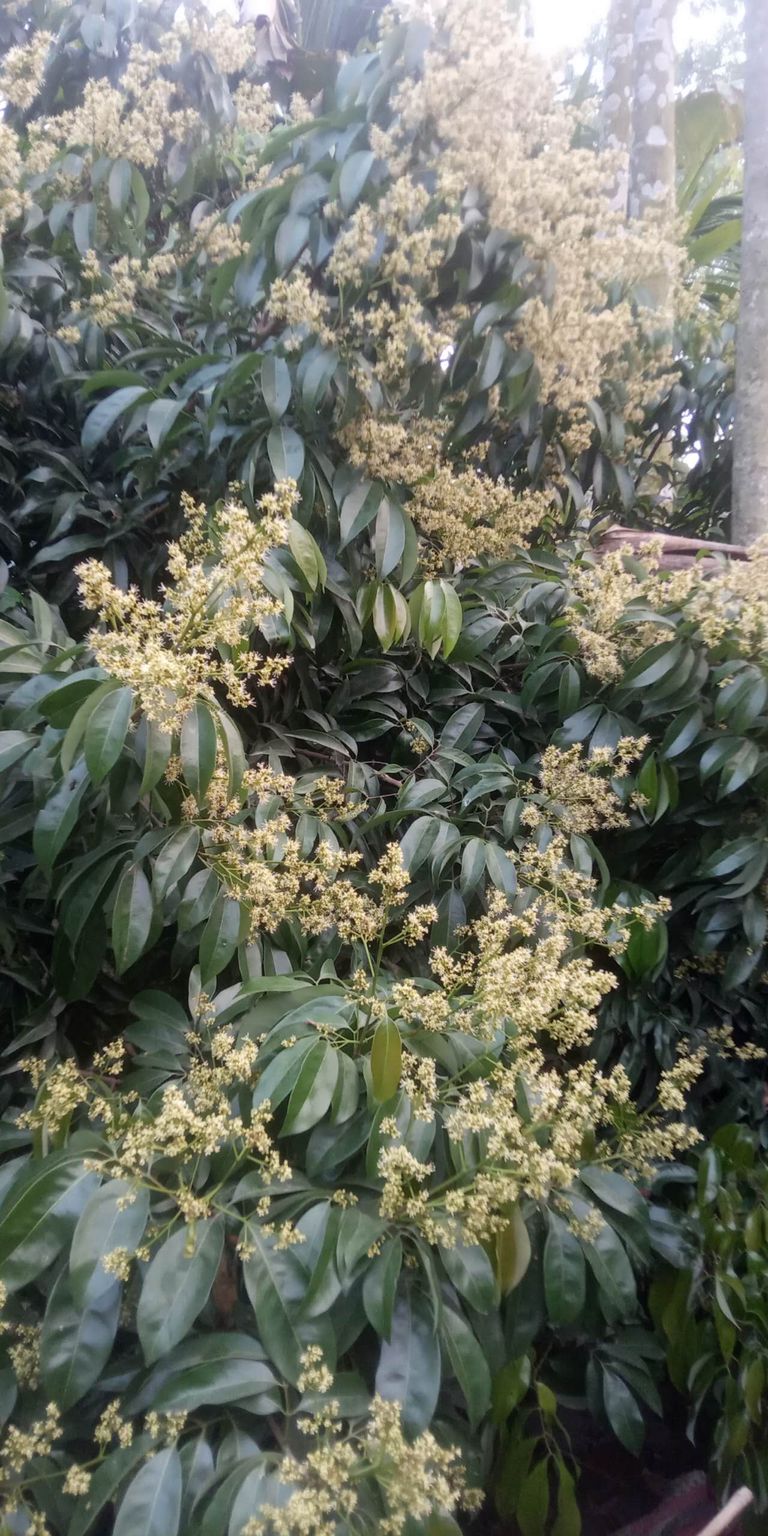
For good yield one to four, five to 10, 11 to 20 and more than 20 years old trees rotted cow dung respectively: 10, 20, 30 and 50 kg; Urea: 300, 800, 1200 and 2 thousand grams; TSP: 400, 1200, 2 thousand and 3 thousand grams; MOP: 300, 800, 1200 and 1500 grams; Gypsum: 100, 200, 250 and 300 grams and zinc sulphate 10, 20, 30 and 50 grams should be given. These fertilizers should be applied in three equal installments in a year. The first installment should be applied at the beginning of the monsoon after the fruits have been collected, the second installment at the end of the monsoon at Ashwin-Karti and the third installment after the flowering of the plant.
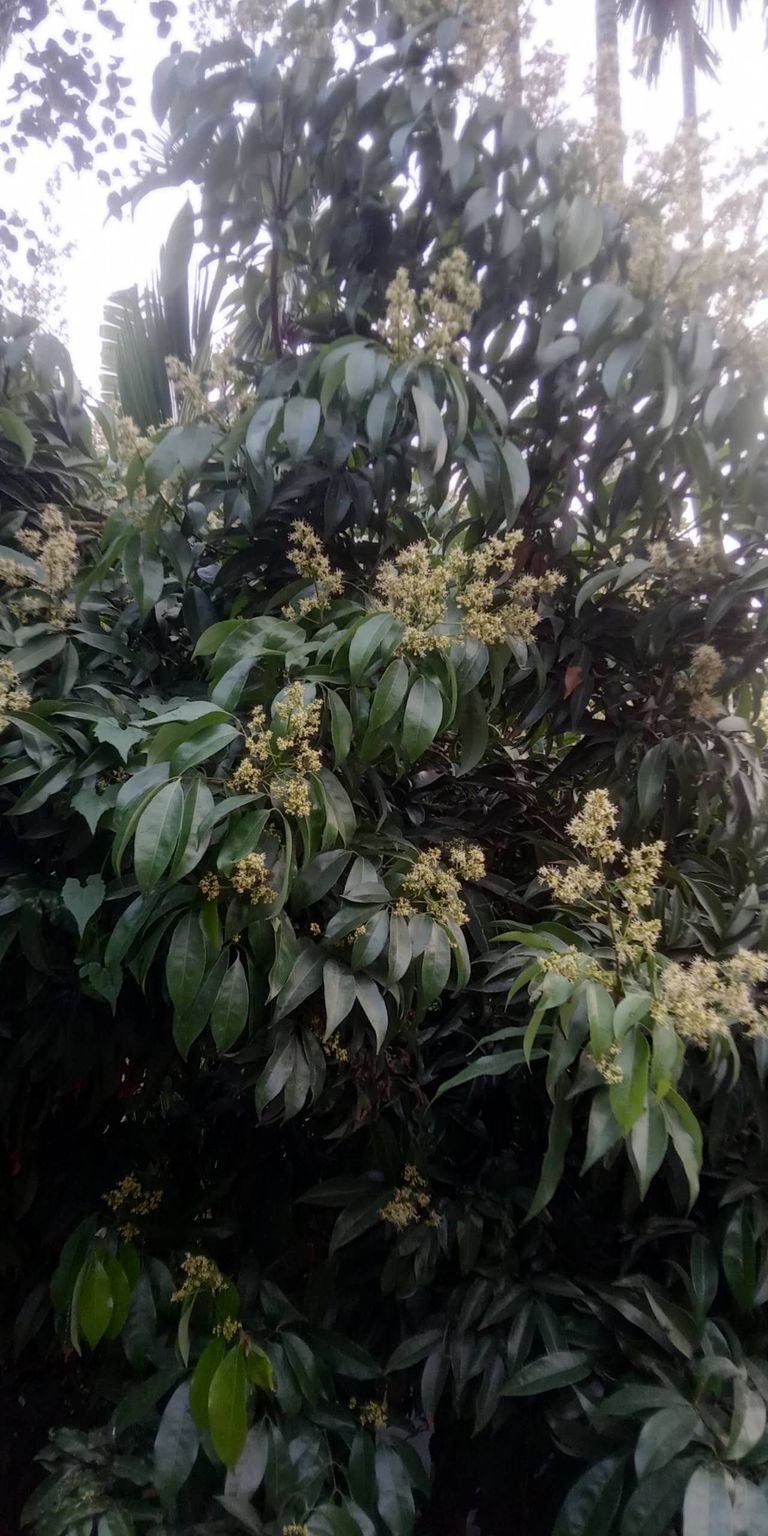
lychee
Irrigation:
Irrigation should be given every 10 to 15 days during the dry season for the growth of seedlings. A total of three irrigations should be done in deciduous plants, once at the stage of full flowering, once when the fruit is like a pea and again after 15 days. Also, care should be taken to ensure that water does not accumulate at the base of the tree during the rainy season.
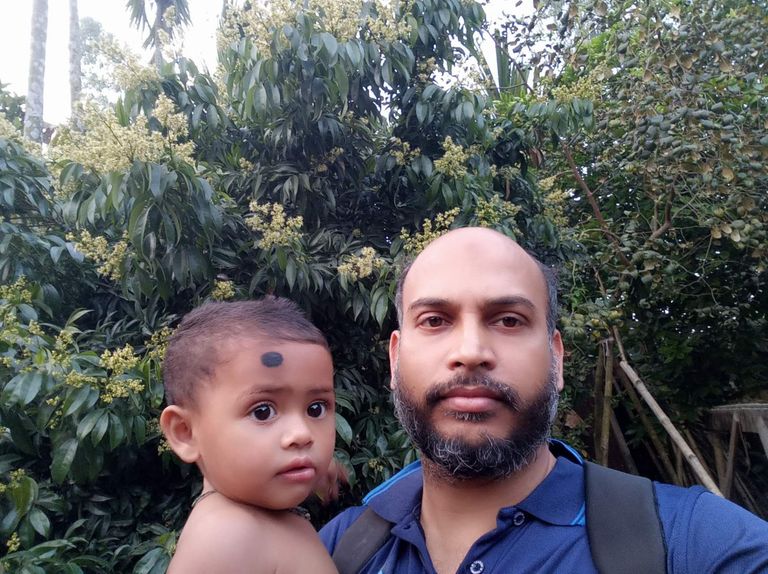
Insects:
Among the litchi pests, fruit borers and litchi spiders are the most damaging.
Fruit borer: When the fruit is ripe, this insect enters the fruit and eats the seeds. They do not eat the pods but produce a brown sawdust-like substance near the buds. This reduces the market value of the fruit. To control this insect, cypermethrin insecticides such as Ripcode 10 EC, Simbush 10 EC, Basathrin 10 EC etc. should be mixed at the rate of 1 ml per liter of water and sprayed two to three times after 15 days starting from the marble stage of the fruit. But spraying should be completed at least 15 days before fruit collection.
Lychee spider:
Spiders attack litchi leaves, flowers and fruits. Affected leaves become curled and the underside of the leaf becomes red velvety. Later the leaves weaken and die and the branches do not produce flowers, fruits and new leaves.
Control measures: After harvesting the affected parts should be cut and burnt. Besides, Calthen 40 MF or Neuron 500 EC or Torque 50 EC should be mixed at the rate of 2 ml per liter of water and sprayed on the new leaves two to three times after 15 days.
Plague:
Among several diseases of litchi, powdery mildew and anthracnose are the major ones. A white or gray powdery coating is seen on litchi buds. Affected buds are damaged and fall off. To control this disease, after the budding of the tree, sulfur insecticides such as Thi
Send feedback
Side panels
History
Saved
Contribute
5,000 character limit. Use the arrows to translate more.
Upvoted. Thank You for sending some of your rewards to @null. Read my last posts to make sure that BLURT burning is profitable for you. Before using this bot please make sure your account has at least 100 BP. Get more BLURT:
@ mariuszkarowski/how-to-get-automatic-upvote-from-my-accounts@ blurtbooster/blurt-booster-introduction-rules-and-guidelines-1699999662965@ nalexadre/blurt-nexus-creating-an-affiliate-account-1700008765859@ kryptodenno - win BLURT POWER delegationNote: This bot will not vote on AI-generated content